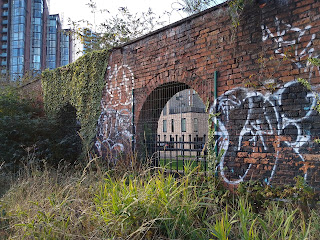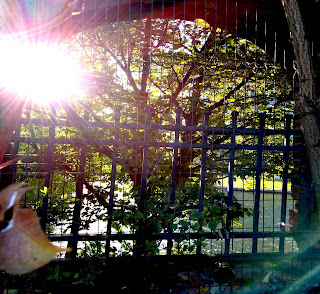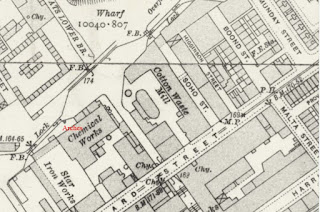Ancoats 2022
The new developments in this area were built on what was known as the Cardroom Estate that was part of Ancoats, which was famous and notorious for its mills and heavy industry and poor living conditions. As development went underway, local residents suggested the name "New Islington" to Urban Splash, the developers leading the regeneration.
In 1960 most of the slum houses were demolished and a housing estate known as the Cardroom Estate was created. It has been said of the Cardroom that "There were no through roads and many of the homes did not face streets, there was no clear definition between public and private space and the area was difficult to police. Many people moved away and those who stayed felt increasingly marginalised - shops had insufficient custom to stay open, pubs closed, and the final blow was the closure of the primary school due to lack of numbers. ....Cardroom became a sink estate, people moved in with track records of anti-social behaviour and began to take the area down with them." It became, "An estate where people lock themselves in after dark, where the nearest shop is 15 minutes walk away, where the open spaces belonged to the joyrider. An estate where the police wouldn’t enter, where catalogue shops wouldn’t deliver, where taxis wouldn’t drop off."
Arches close to the Metro tramline and the Ashton Canal..
Directly across Pollard Street, is the remains of the Soho Iron Works [of Peel, Williams and Peel]. The buildings took up about one third of a square plot of land, surrounded on three sides by a branch of the Rochdale Canal. The progressive development of the mill is indicated by the presence of three separate engine houses and boiler houses.
Brunswick Mill
Further along Pollard Street, that joins onto Bradford Road, is Brunswick Mill, part of the occupied section is used as a recording studio..However, some parts are derelict..This former cotton spinning mill was built around 1840, and was part of a collection of mills built along the Ashton Canal, and at that time it was one of the country's largest mills. It was built round a quadrangle, a seven-storey block facing the canal. It was taken over by the Lancashire Cotton Corporation in the 1930s and passed to Courtaulds in 1964. It was a seven-storey mill with 35 loading bays facing directly onto the canal, with a smaller three 3⁄4 story block of warehouses and offices backing onto Bradford Road. The Brunswick Mill was one of the largest in Britain at that time and by the 1850s held some 276 carding machines, and 77,000 mule spindles. 20 drawing frames, fifty slubbing frames and eighty-one roving frames.


![Credit to Matt from Manchester <img src="img_A street in Ancoats.jpg" alt="Source=[http://www.flickr.com/photos/45339031@N00/132561244/ Flash Ancoats] |Date=April 21, 2006 at 18:46 |Author=[http://www.flickr.com/people/45339031@N00 Matt] from Manchester">](https://blogger.googleusercontent.com/img/b/R29vZ2xl/AVvXsEjNb9DSMzMEAbDJn1hSps12JWp3OJyO4j6dMIwfmubqc2aq9JXNzuWg8qBTAqASpsUb4AhjLvPZR2ErBSWODCn5qvaaK9LW56ubT0_EmJnNx8HUdxkxuz2pw8JYoCA9v7qxOMvRvAISl0yaAg79ziQ6pibvL1UfETX44VXTLrqE7XwYvo7tHhDC5guz/w320-h252/Ancoats%20matt%20from%20Manchester%20image.jpg)










































No comments:
Post a Comment